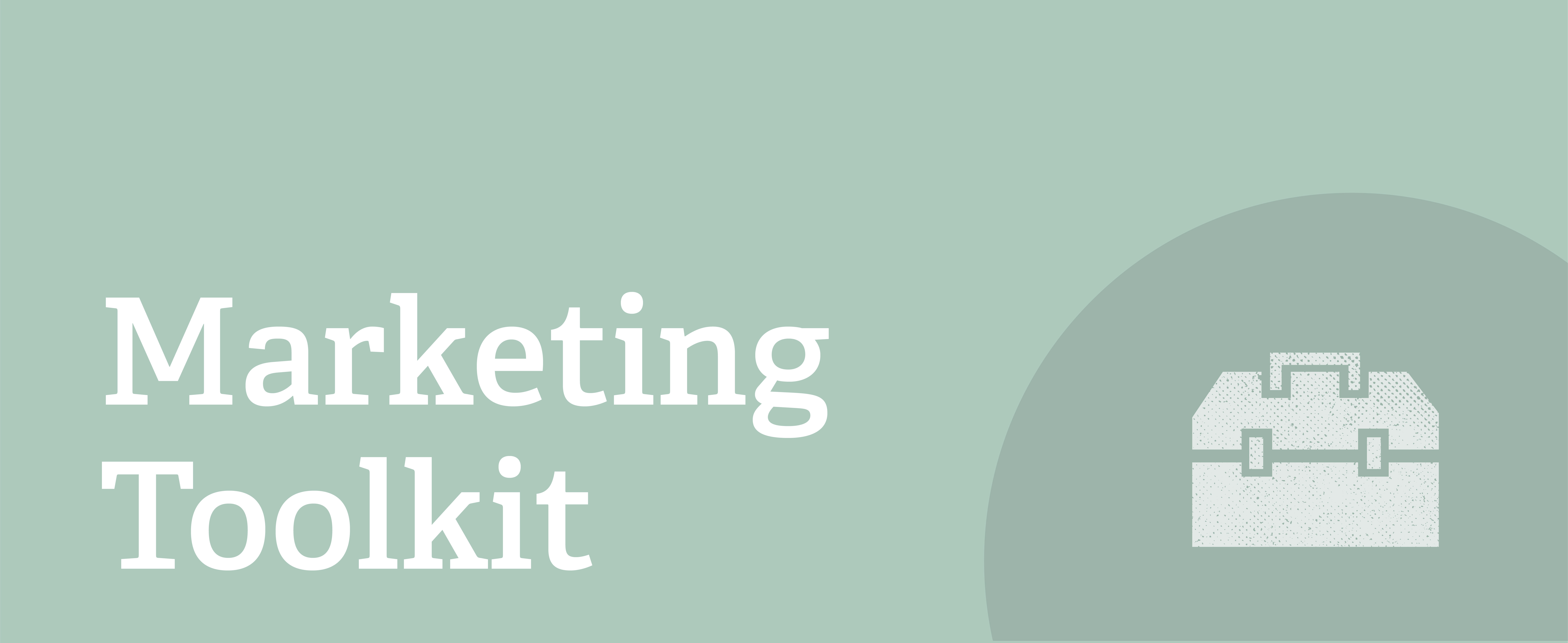An introduction to Design Systems
What is a design system?
A design system is a holistic digital collection of style guides, pattern libraries, language and tone references, coding components, and context of how to best use each element to represent the brand.
How does a design system work?
As with many digital projects, creating a design system begins with UX Research—you need to first understand who will be using it: your users’ needs, workflows, and resulting applications. Once you have that vital information, the work begins of collecting your foundational elements (colors, typography, padding and grid systems, animation, etc.), commonly used components (button styles, link colors, form fields, tables, navigation, etc.), as well as code snippets, use cases and guidelines, and housing them in a centralized location that is accessible by your entire team. Governance also plays in important role in a design system.
Sound complex? It definitely can be. Many design systems start out focused only on a MVP—minimum viable product—and grow over time. While defining, creating, organizing, and managing a design system can initially seem daunting, its long-term efficiency and productivity gains are worth their weight in gold. It’s best to start small, then enhance the sophistication of your design system as your needs grow and resources allow. There are several online services dedicated to design system creation and management if you prefer not to build them in-house.
What is the purpose of a design system?
Design systems are meant to be a central hub for shared and reusable assets utilized by your entire marketing team, but especially for collaborative efforts between your designers and developers. Investing in this early on will save you valuable time and resources in the future, resulting in long-term productivity gains.
How do design systems help marketing?
Design systems benefit organizations by providing three vital ingredients: speed, consistency, and scalability. Having a central library of all of your digital assets means you can rapidly source reusable elements and components for a variety of applications vs. having to recreate them via one-offs. Another benefit of design systems is their ability to scale and mature over time. As new components are created for specific use cases or your business expands into new arenas, your design system grows with it. And as your brand language evolves, your design system updates to reflect those changes.
Keep Reading
Learn more about related tools, methods, and best practices in the Marketing Toolkit:
